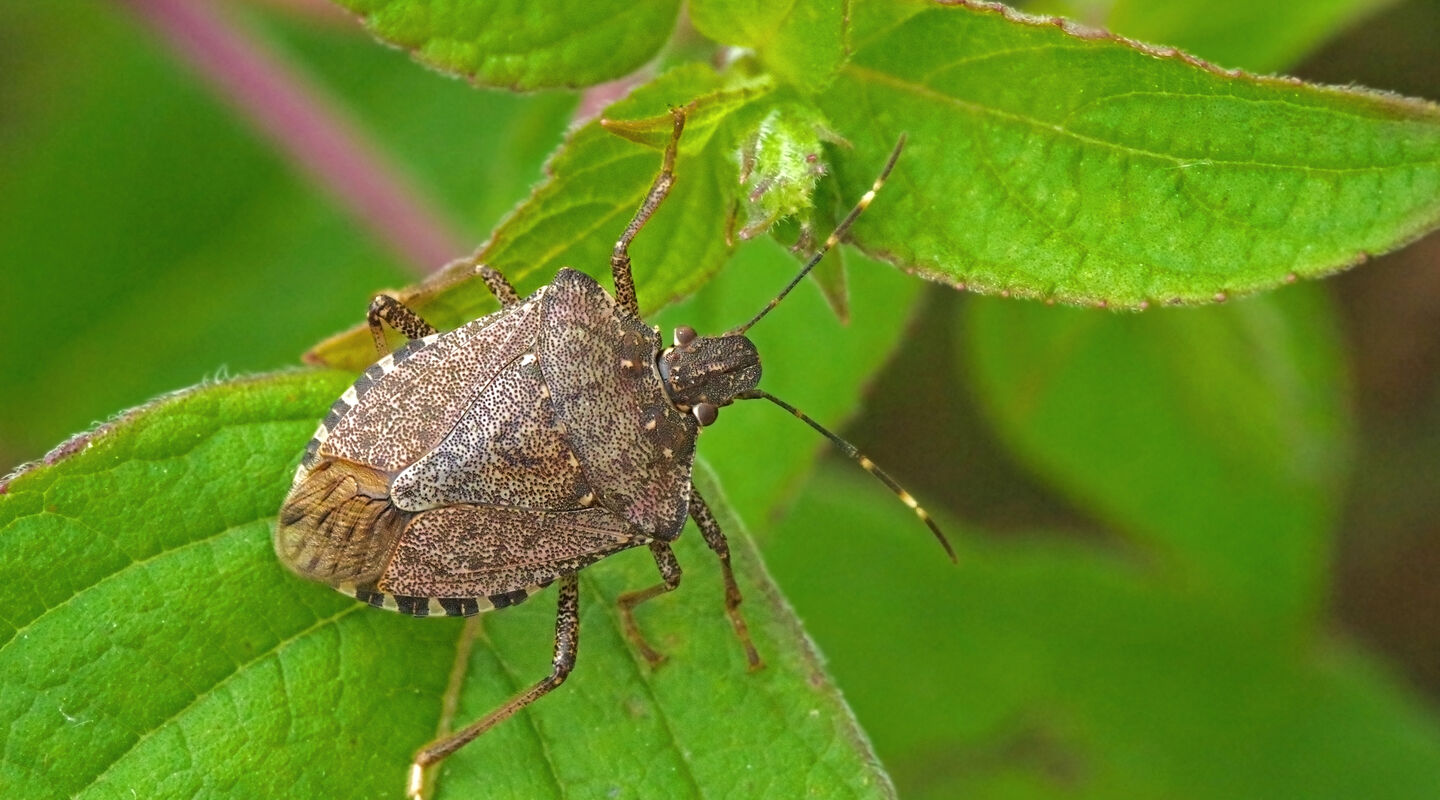Stink bugs: A practical guide for exporters and shippers
New regulations to prevent the spread of stink bugs into Australia and New Zealand have now come into force. As stink bug season looms, we examine how to ensure your cargo complies with the updated rules.

What are stink bugs and why are they a problem?
The brown marmorated stink bug (BMSB) is a pest that is native to East Asia but has become established in the US as well as many European countries, where it has caused severe damage to crops. Authorities in Australia and New Zealand have introduced tough regulations to ensure the bugs are not inadvertently transported into these countries on or in imported products.
What has changed in the stink bug regulations for this season?
Stink bug measures will apply to 36 countries this season, with no new countries being added to the 2022-23 list. The UK and China remain as emerging risk countries, meaning the Australian Department of Agriculture Fisheries and Forestry (DAFF) and New Zealand Ministry for Primary Industries will continue to actively monitor the situation at ports of arrival.”
When is the next stink bug season?
The stink bug season is effective for products shipped to Australia between 1 September 2022 and 30 April 2023, and to products shipped on or after 1 September 2022 that arrive in New Zealand by 30 April 2023. All cargo shipped to and arriving in the countries between these dates must be treated to reduce the chance of it carrying stink bugs.
What actions do cargo owners need to take?
Goods being shipped to Australia and New Zealand from countries deemed high-risk must be treated offshore by a treatment provider registered and approved by the Australian Department of Agriculture, Water and Environment or New Zealand Ministry for Primary Industries. Cargo that does not comply risks being turned away from port.
“Cargo owners must also assess the biosecurity of their entire supply chain,” explains Alex Conjour, vice president, port and cargo operations, WW Ocean. “That means working with truckers and rail and barge providers to ensure stink bugs can’t hijack your equipment. It is the shipper’s responsibility to provide clean cargo.”
What are the treatment options?
We have invested in treatment facilities at Zeebrugge and Baltimore for US-Oceania trade and encourage cargo owners to explore the options available at these ports. Treatment technologies include heat treatment of cargo and fumigation using sulfuryl fluoride. The Australian Department of Agriculture, Water and Environment has set minimum standards for these treatments that must be adhered to.
Are the regulations likely to change?
Other countries could be added to the list of high-risk zones in the future.
What can I do to help prevent stink bugs in Oceania?
All exporters of products to Oceania, importers, treatment and logistics providers need to work together to combat the threat of stink bugs. Exporters should take the opportunity to not only engage with us, but also the Australian Department of Agriculture, Water and Environment and the New Zealand Ministry for Primary Industries on their biosecurity regulations.
“We need the industry to continue to advocate for effective regulations which target the threat at all origins and provide multiple options to mitigate it,” says Conjour. “This BMSB challenge is not simply an administrative task which needs to be checked off. The threat is real, with dramatic environmental and financial consequences for shippers and carriers if live bugs are discovered on your cargo in Australia and New Zealand.”


